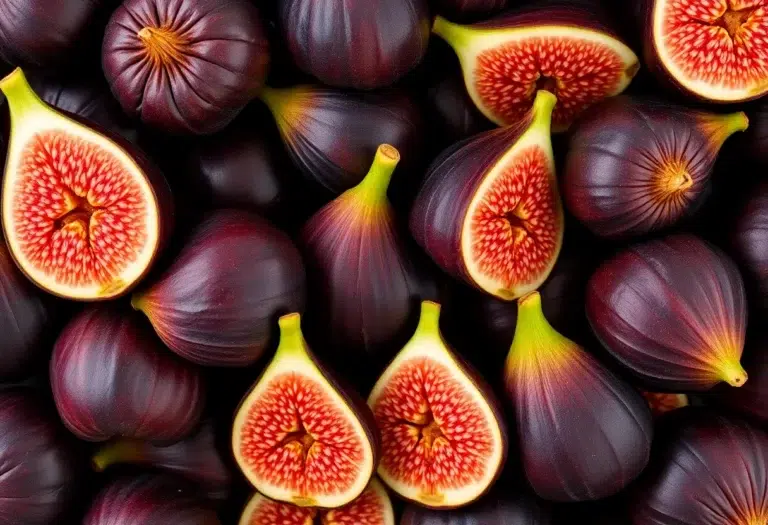Winter doesn’t care if you miss fresh figs. It’ll freeze them, rot them, or leave you staring at a barren tree until spring. But you?
You’re smarter than winter. With a few jars, a dehydrator, or some vinegar, you can lock in that summer sweetness like a culinary time capsule. No fancy skills needed—just follow this guide, and you’ll be eating figs while everyone else complains about the weather.
Why This Recipe Slaps
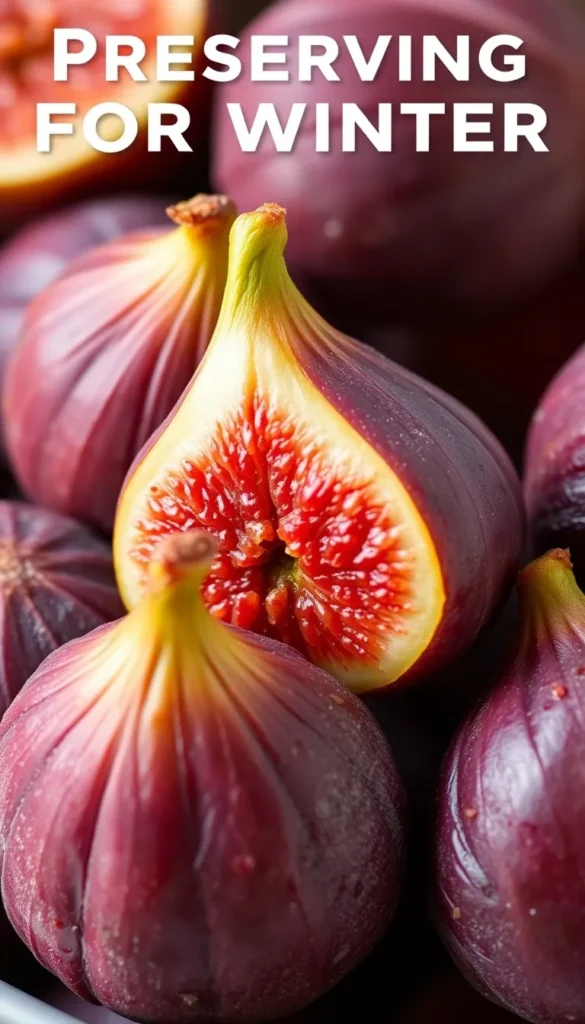
Figs are nature’s candy, but their shelf life is shorter than your motivation on a Monday.
Preserving them means you get that jammy, honey-like flavor all year. Canned figs? Perfect for oatmeal or cheese boards.
Dried figs? A snack that doesn’t suck. Pickled figs?
Surprisingly addictive. Plus, you’ll look like a homesteading wizard without actually having to churn butter.
Gather Your Weapons (Ingredients)
The ingredients depend on your preservation method, but here’s the basic lineup:
For Canning
- Fresh figs (2–3 lbs, firm but ripe)
- Sugar (1 cup, or swap for honey)
- Lemon juice (2 tbsp, because botulism is a buzzkill)
- Water (3 cups)
- Optional spices (cinnamon sticks, vanilla, star anise—go wild)
For Drying
- Fresh figs (as many as you can fit in your dehydrator)
- Lemon juice (1 tbsp, to prevent browning)
For Pickling
- Fresh figs (1 lb, slightly underripe works best)
- Apple cider vinegar (1 cup, because white vinegar is for fries)
- Water (1 cup)
- Salt (1 tbsp)
- Spices (peppercorns, cloves, garlic—get creative)
Step-by-Step: How to Not Ruin Your Figs
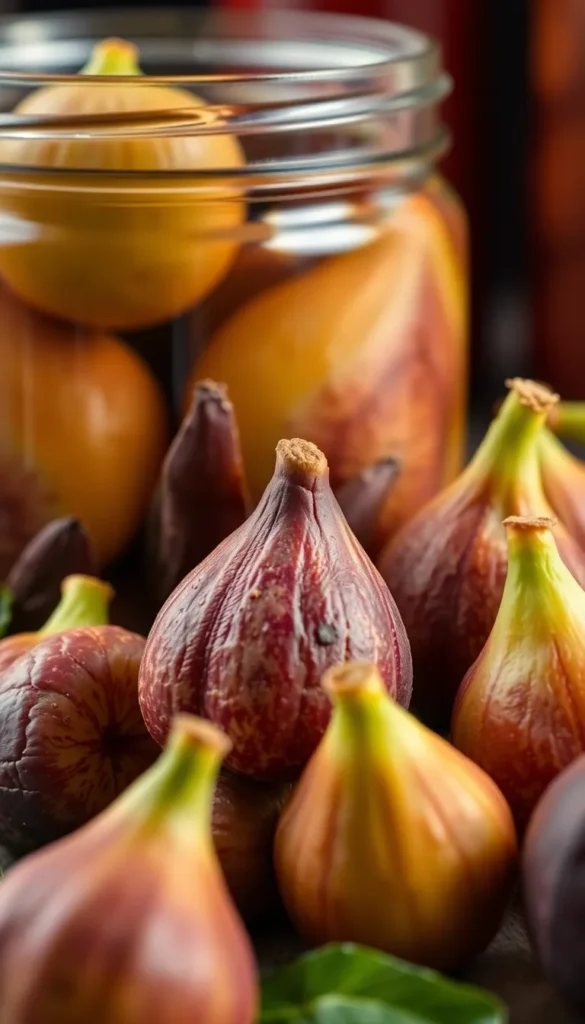
Canning Figs
- Wash and trim the figs, then poke each with a fork (so they don’t explode).
- Simmer water, sugar, and lemon juice until the sugar dissolves.
- Add figs and cook for 5 minutes (don’t let them turn to mush).
- Pack into jars, leaving ½-inch headspace, then process in a water bath for 45 minutes.
Drying Figs
- Slice figs in half (or quarters if they’re huge).
- Toss in lemon juice to keep them from looking like raisins’ sad cousin.
- Dehydrate at 135°F for 12–24 hours (check for leathery, not crispy).
Pickling Figs
- Boil vinegar, water, salt, and spices (smell it—yes, that’s the good stuff).
- Pack figs into jars, then pour the hot brine over them.
- Seal and refrigerate (wait at least a week before eating, unless you enjoy disappointment).
Storage: Where to Stash Your Fig Bounty
- Canned figs: Store in a cool, dark place for up to a year. Once opened, fridge them and eat within a month.
- Dried figs: Keep in an airtight container for 6 months (or freeze for a year).
- Pickled figs: Fridge only—they’ll last 3 months if you don’t devour them first.
Why This Recipe Is a Flex
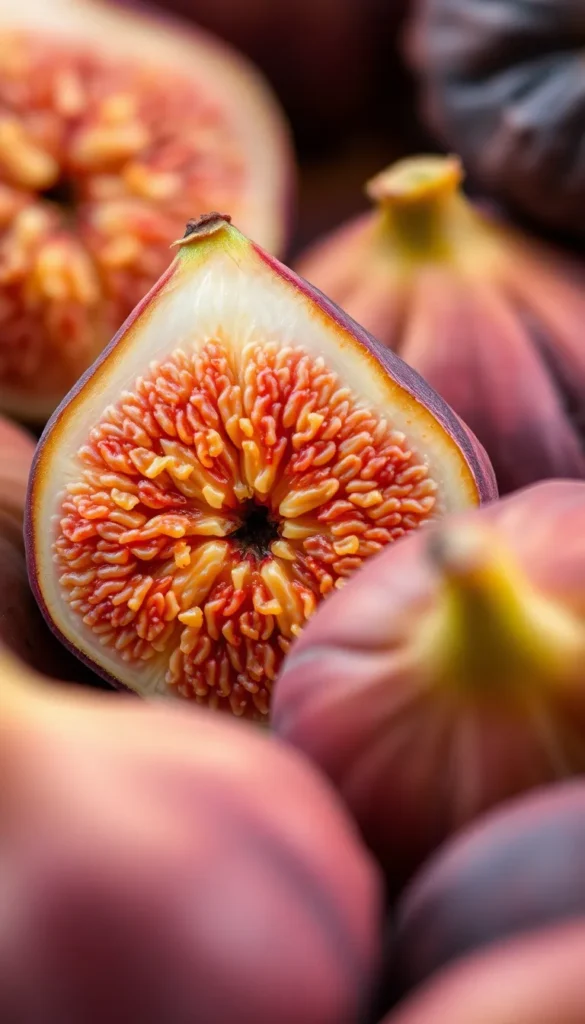
Preserving figs means you’re winning at adulthood.
You’ll save money, reduce waste, and impress guests with your “artisanal” pantry. Plus, figs are packed with fiber, potassium, and antioxidants. Basically, you’re eating candy that’s good for you.
Common Mistakes (Don’t Be This Person)
- Using overripe figs: They’ll turn to slime.
No one wants fig soup.
- Skipping lemon juice: Browning figs look like they’ve been through a breakup.
- Overpacking jars: Figs need room to breathe, unlike your overstuffed closet.
Alternatives for the Rebel Cook
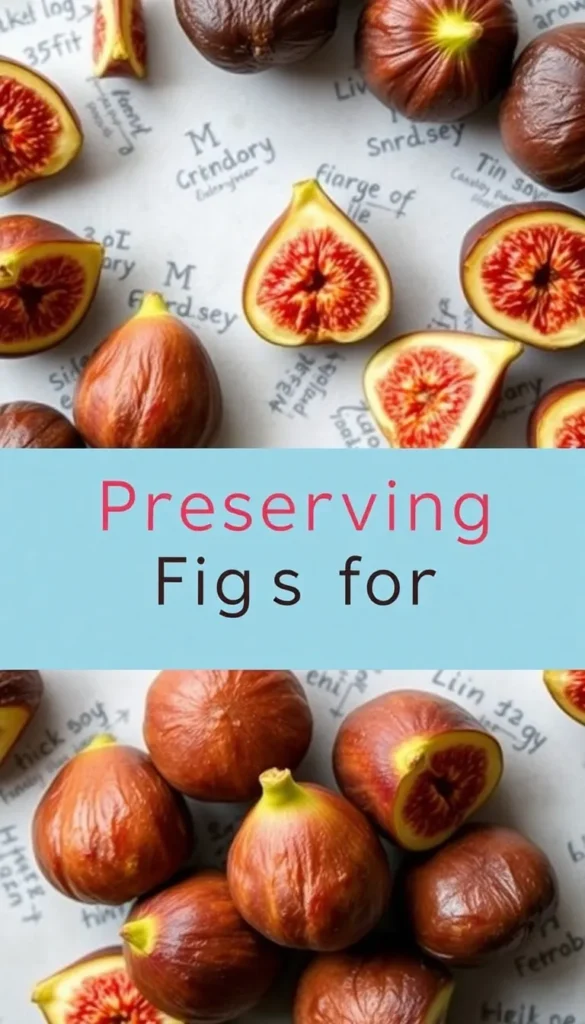
- Freeze whole figs: Wash, dry, and freeze on a tray before bagging. Easy.
- Make fig jam: Boil figs with sugar and pectin—spreadable happiness.
- Infuse vodka: Because why not? (Pro tip: Add a cinnamon stick.)
Craving something quick and crave-worthy?
Dive into Lazy Bites your shortcut to cheesy snacks, sweet treats, and no-fuss sides that hit the spot fast. Perfect for snack attacks, lazy weekends, or last-minute party spreads. Grab a bite now no stress, just flavor.
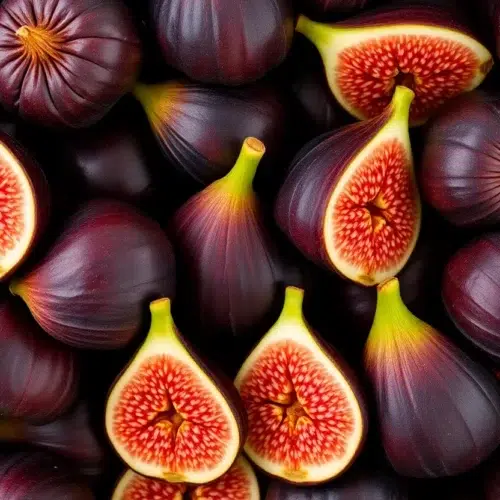
Preserved Figs 3-Ways
Ingredients
- 2 to 3 lbs fresh figs firm but ripe, for canning
- 1 cup granulated sugar or substitute honey
- 2 tablespoons lemon juice for acidity and preservation
- 3 cups water for syrup
- optional spices like cinnamon sticks, vanilla, or star anise
- additional fresh figs as many as fit, for drying
- 1 tablespoon lemon juice for preventing browning when drying
- 1 lb fresh figs slightly underripe, for pickling
- 1 cup apple cider vinegar do not substitute white vinegar
- 1 cup water for brine
- 1 tablespoon salt
- spices like peppercorns, cloves, or garlic
Instructions
- Wash and trim figs for canning. Poke each with a fork to help absorb the syrup.
- Simmer water, sugar, and lemon juice until sugar is dissolved. Add spices if using.
- Add figs and simmer for 5 minutes. Do not overcook.
- Pack figs and syrup into jars, leaving ½-inch headspace. Process in a boiling water bath for 45 minutes.
- For drying: Slice figs in half or quarters. Toss in lemon juice.
- Dehydrate at 135°F for 12–24 hours until leathery but not brittle.
- For pickling: Bring vinegar, water, salt, and spices to a boil.
- Pack cleaned figs into jars and pour hot brine over them. Seal and refrigerate.
- Let pickled figs rest in fridge for at least 1 week before eating.
Notes
Nutrition
FAQ
Can I use frozen figs for canning?
Technically yes, but the texture will be mushier than a romance novel. Fresh is best.
Why did my pickled figs turn brown?
You didn’t use enough acid (vinegar/lemon juice).
Or maybe you angered the kitchen gods. Try again.
How do I know if my canned figs are safe?
If the lid pops, toss it. If it smells funky, toss it.
If you’re unsure—well, you get the idea.
Can I dry figs in the oven?
Yes! Set it to the lowest temp (170°F or lower), prop the door open, and wait. Patience is key.
Final Thoughts
Preserving figs isn’t just practical—it’s a power move.
Whether you’re canning, drying, or pickling, you’re basically giving winter the middle finger. So grab those figs, follow the steps, and enjoy the taste of summer while everyone else shivers. You’re welcome.
Follow Lazy Meal Prep on your favorite platform and become part of our cozy kitchen crew:
- Instagram – for behind-the-scenes peeks and weekday inspiration
- Facebook – to swap ideas, tips, and share what you’re cooking
- Pinterest – to save and plan your week the lazy-smart way
Let’s make cooking easier, together—one delicious bite at a time.

